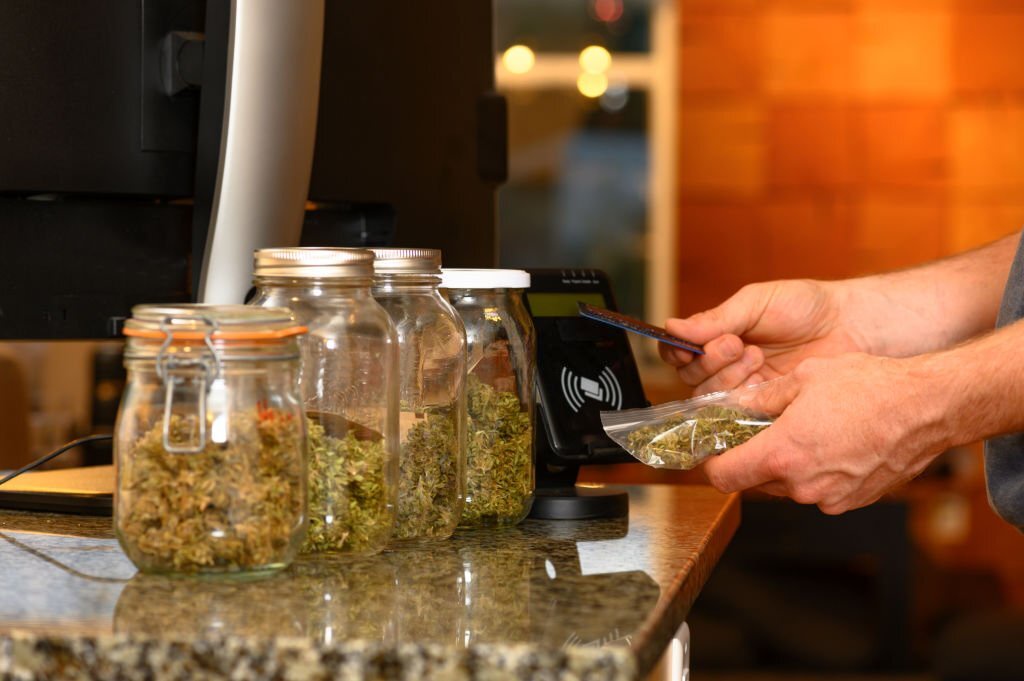Until recently, the idea of a bank just conjured the thoughts of storing finances in a building with a large vault. But as the agricultural sector progresses, especially with the legalization of medical and recreational marijuana in certain areas, seed banks have become widespread. The idea of having a seed bank is to ensure that the future of agriculture is as ecologically rich as it is today. The seed banks are built to ensure that this goal is realized.
What are seed banks?
The literal definition of a seed bank is a place where seeds are kept and preserved for the future. The seeds that are stored in these banks are those whose genetic profiles are the most preferred. The banks are constructed to withstand floods, bombs, and even radiation.
Seed banks usually keep the seeds at a temperature as low as 20 degrees Celsius. Currently, there are over 1000 different seed banks around the world and they vary in size, area of focus, and type. The largest seed bank in the world holds upward of 40,000 species of different trees and plants.
Why seed banks are important
Many seed banks in the USA store a variety of plant and tree species. Though some have specialized in storing only specific seeds such as marijuana seeds. Regardless of the seed being stored in the seed bank, these storage facilities are useful in preventing vulnerable plants from extinction.
The banks essentially act as an insurance plan for plant species and help in maximizing the number of plant species that we can save from extinction. Besides, there are those plants with an incredible genetic composition that you do not want to lose through generational dilution of genetics.
Thus, some of these high-quality seeds are often isolated and preserved in seed bank genetics storage for future use. Plants are constantly under threat from factors such as pollution, diseases, pests, climate change, and loss of habitat. And with these many factors acting against agricultural products, it suffices to conclude that we might be losing plant species faster than we are discovering them and this is why seed banks are crucial.
How long can stored seeds survive in a storage vault?
Storage facilities can keep seeds in an ideal perfect condition for hundreds, if not thousands, of years. However, viability after long storage depends on the plant species and the storage conditions. Since storage in seed banks is a relatively new idea, these storage durations are only based on predictions from computer-generated models.
Some of the best predictions suggest that seeds can remain viable in storage for up to 150 years. Though we still cannot tell for sure. Hopefully, the storage facilities can preserve the seeds for longer than 150 years.
Conclusion
Seed banks help preserve plant species for several years into the future. They can be relied upon to avert the potential extinction of vulnerable plant species.


No comments yet